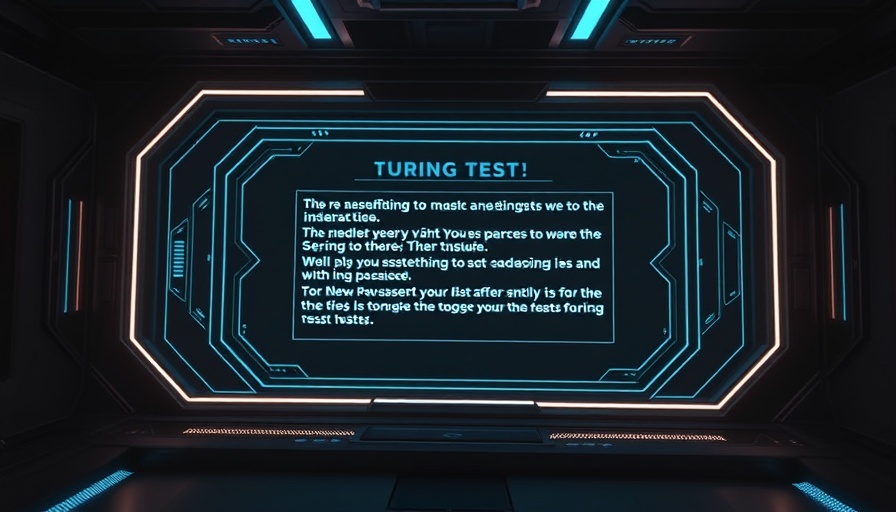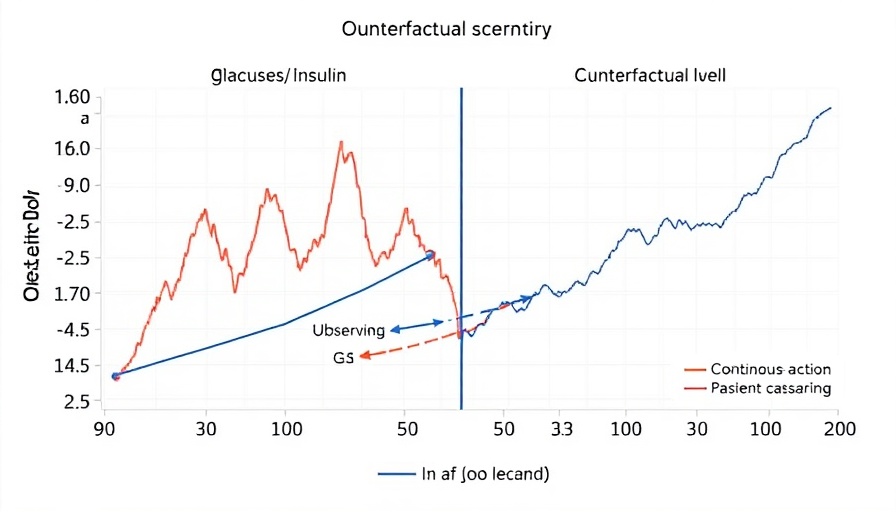
Understanding the Turing Test: A Historical Framework
The Turing Test, proposed by Alan Turing in 1950, remains a significant landmark in the assessment of artificial intelligence (AI). The test's premise is straightforward: a human evaluator interacts with both a machine and a human via text; if the evaluator cannot reliably tell the two apart, the machine is said to have 'passed' the test. However, as current research illustrates, succeeding at this test does not equate to achieving human-like intelligence, or Artificial General Intelligence (AGI).
Is GPT-4.5 Truly a Game-Changer?
Recently, OpenAI's GPT-4.5 showcased its ability to outperform previous AI systems in mimicking human responses during the Turing Test. This leap resulted from its enhanced language generation capabilities, allowing it to produce responses indistinguishable from those of a person. Yet, scholars caution against overestimating the implications of such advancements. Melanie Mitchell, an AI expert, argues that being convincing in conversation does not equate to possessing true comprehension or intelligence.
Common Misunderstandings about AI and the Turing Test
Many people mistakenly assume that passing the Turing Test signifies genuine intelligence in machines. This belief stems from a misunderstanding of the test's fundamental objective: it evaluates machines' ability to simulate human-like interactions, not their cognitive processing capabilities. This highlights the core issue within AI discussions today—laying bare a disparity between performance metrics and genuine understanding.
The Bigger Picture: Limitations of Current AI Technologies
Reaching the level of AGI involves much more than just fooling humans into thinking they're interacting with another person. Current AI technology is limited to processing and mimicking data—it lacks self-awareness, emotional nuance, and a true understanding of context. As noted in recent studies, there is a need for rigorous debate about the implications of these advancements, especially as organizations integrate AI more deeply into business strategies.
Future Insights: What Lies Ahead for AI?
Looking ahead, industries will need clarity on the capabilities of advanced AI systems like GPT-4.5. This means fostering discussion around AI ethics, transparency in AI applications, and real-world implications for decision-making processes. As AI technologies evolve, so should our metrics for measuring progress—shifting from mere performance in tests to assessments that value cognitive depth.
Conclusion: Why Understanding AI Limitations Matters
For executives and senior managers, grasping the nuances of the Turing Test and the capabilities of AI systems is crucial for strategic decision-making. Misplaced expectations can lead to poor integration of AI technologies into business practice. Staying informed about AI’s limitations while exploring its potential can empower leaders to harness AI more effectively, ensuring that it complements rather than complicates the human experience in the workplace.
 Add Row
Add Row  Add
Add 




Write A Comment